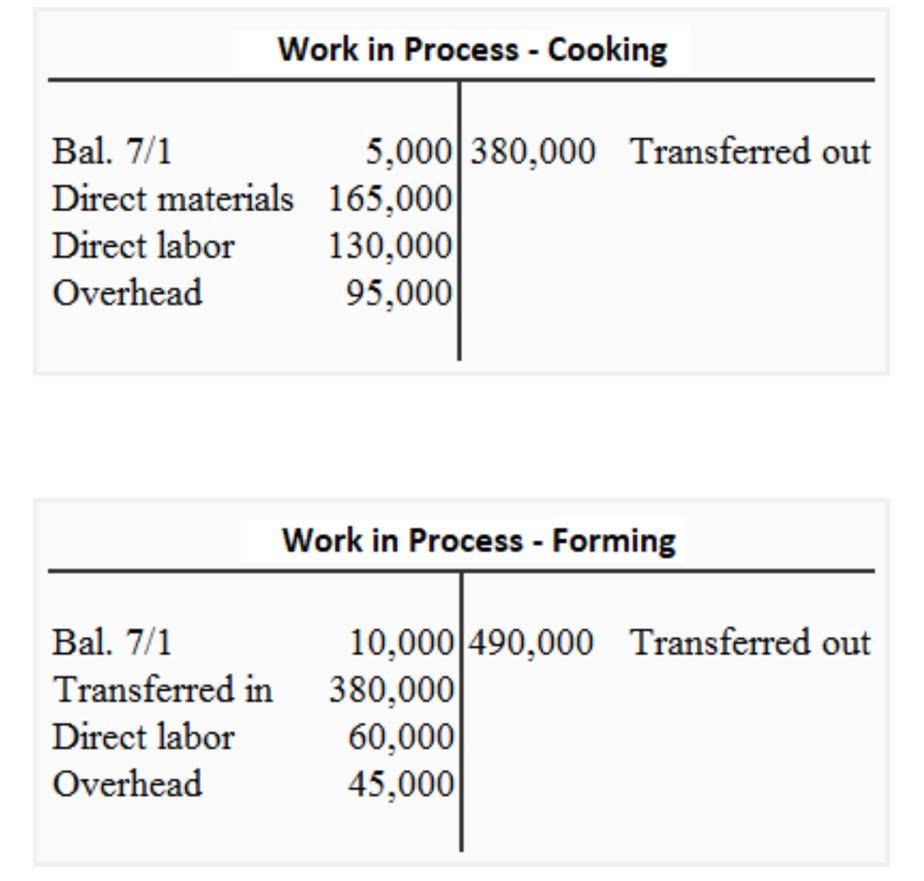The cost of goods sold is deducted from revenue earned from sales to get the total amount of profit or loss that a business had from sales in an accounting period. The term periodic inventory system refers to a method of inventory valuation for financial reporting purposes in which a physical count of the inventory is performed at specific intervals. As an accounting method, periodic inventory takes inventory at the beginning of a period, adds new inventory purchases during the period, and deducts ending inventory to derive the cost of goods sold (COGS). It is both easier to implement and cost-effective by companies that use it, which are usually small businesses.
If inventory is central to your business, it must be managed, and to do that it, must be measured. Businesses that account for inventory periodically likely use the FIFO method to sell older units first. Retailers that use the perpetual system often make it a practice to count inventory (or at least a sample of inventory) to make adjustments for shrinkage. It also wouldn’t make sense for small businesses that sell their inventory as a side project to use perpetual inventory. An appliance repair company selling two or three used refrigerators per month has no need to invest in an expensive point-of-sale system.
- This formula only uses to make assumptions and calculate the quantity of inventory being sold.
- These inventory management systems divide into two major categories, called perpetual systems and periodic systems.
- Changes in inventory are accurate (as long as there is no theft or damage to any goods) and can be easily accessed immediately.
- However, the need for frequent physical counts of inventory can suspend business operations each time this is done.
There are so many reasons why a POS needs to be updated at regular intervals to help prevent inventory issues within an organization. The periodic inventory system is commonly used by businesses that sell a small quantity of goods during an accounting period. These companies often find it beneficial to use this system because it is easy to implement and because it is cost-effective, as it doesn’t require any fancy software. Its journal entries for the acquisition of the Model XY-7 bicycle are as follows. The overall cost of the inventory item is not readily available and the quantity (except by visual inspection) is unknown.
2 Perpetual and Periodic Inventory Systems
Because you always maintain the inventory level, your accounting system automatically counts and reconciles inventory. Periodic inventory uses occasional inventory counts to determine the level of inventory on hand. The measurement period can be any number of set timeframes such as monthly, quarterly, heres a sample case for support for your non or even yearly. Many companies use quarterly internal inventories throughout the year with an audited inventory at the end of the year to validate their numbers. The final measurements against the cost of goods sold (COGS) can impact financial statements, taxes, stock reporting to investors, and more.
One major difference is the account each system uses to record the acquisition of inventory-related materials. The periodic system uses the purchases account while the perpetual system uses the inventory account. A periodic inventory system is considered as https://simple-accounting.org/ a physical count of inventory within certain timeframe or specific intervals. Inventory shrinkage happens when there is a discrepancy between the actual stock and the inventory list. Shrinkage isn’t necessarily evident in the periodic inventory system.
What Is Periodic Inventory System? How It Works and Benefits
However, a perpetual system would record every transaction per inventory unit, which helps you with understanding the errors. Learn how to implement a barcode system for inventory with our step-by-step guide. Increase accuracy & efficiency in your inventory management process today. Unlock the potential of e-commerce inventory management with our comprehensive guide.
Periodic Inventory vs. Perpetual Inventory: An Overview
Suppose the company makes sales of $ 5,000 that had the cost of goods sold at $ 2,000. The company uses inventory data to update its inventory reorder points. Since the data is updated continuously, the company can adjust its purchase orders quickly as well. Any expenses incurred such as insurance and freight are also included in this step.
Industries with complex and dynamic inventory structures, such as retail and e-commerce, benefit the most from the real-time monitoring capabilities of Perpetual Inventory. Technology integration in Perpetual Inventory ensures continuous monitoring, reduces errors, and allows for detailed information about individual products through features like barcoding. While the initial implementation Inventory may be costly, its efficiency and accuracy often justify the investment, making it suitable for businesses of various sizes. A complete help desk solution for your service engineers, technicians and facility managers. At Business.org, our research is meant to offer general product and service recommendations.
You must cCreate an account to continue watching
For instance, small retail stores, convenience stores, and homemade businesses may use this type of inventory system to count goods and products weekly, bi-weekly, monthly, or even quarterly. The timeline of counting inventory is determined by the individual business and its owners. Because perpetual inventory is computerized, it can be tied to the manufacturing bill of materials (BOM). Line-item inventory accounting is available for each material purchased, making purchase strategies more accurate. In periodic inventory, line-item accounting of raw materials may not be used or may be used only with additional labor and data entry. This method makes periodic inventory less accurate from a purchasing perspective.
A periodic inventory system uses purchases to record the acquisition of inventory and requires closing entries. The perpetual system automatically updates the company’s accounts based on the purchases made and sales by customers. Regardless, perpetual and periodic inventory systems bring essential benefits to businesses based on their individual needs.
When you take a look at a periodic system, a single entry is fed into the purchase account and the total purchase amount. On the other hand, the perpetual systems will record the total amount of stock purchased, along with the recording of the total number of units that have been purchased. Smaller enterprises, often constrained by budgetary limitations and lacking the resources for sophisticated computerized systems, frequently opt for the periodic inventory system. This approach involves intermittent physical counts to assess both inventory levels and the cost of goods sold (COGS). The trouble with periodic systems, though, is that they don’t track inventory on an item-by-item or transaction-by-transaction basis. For starters, that makes it hard to identify accounting errors when they occur, and you can’t track product movement with as much accuracy as you could with a perpetual inventory system.
When trying to secure loans or other financing, having real time, updated information can work to your benefit. As a business owner, you need to decide how much money you want to spend on an inventory system. The perpetual inventory system constantly maintains the amount of inventory you own and sell in real time. The greatest benefit of this system is always having an accurate idea of how much inventory your company has on hand. At any time, you’re able to check your balance sheet, see the total dollar amount of inventory, and know how much you have on hand.
Streamline inventory tracking and warehouse organization for e-commerce success. Perpetual Inventory facilitates timely decision-making by providing real-time insights into stock levels, aiding in restocking, order fulfillment, and overall inventory optimization. As businesses grapple with the decision of choosing between Periodic and Perpetual Inventory, a careful analysis becomes paramount. Are you a fan of periodic snapshots and scheduled audits, or does the allure of instantaneous insights and constant vigilance beckon?



